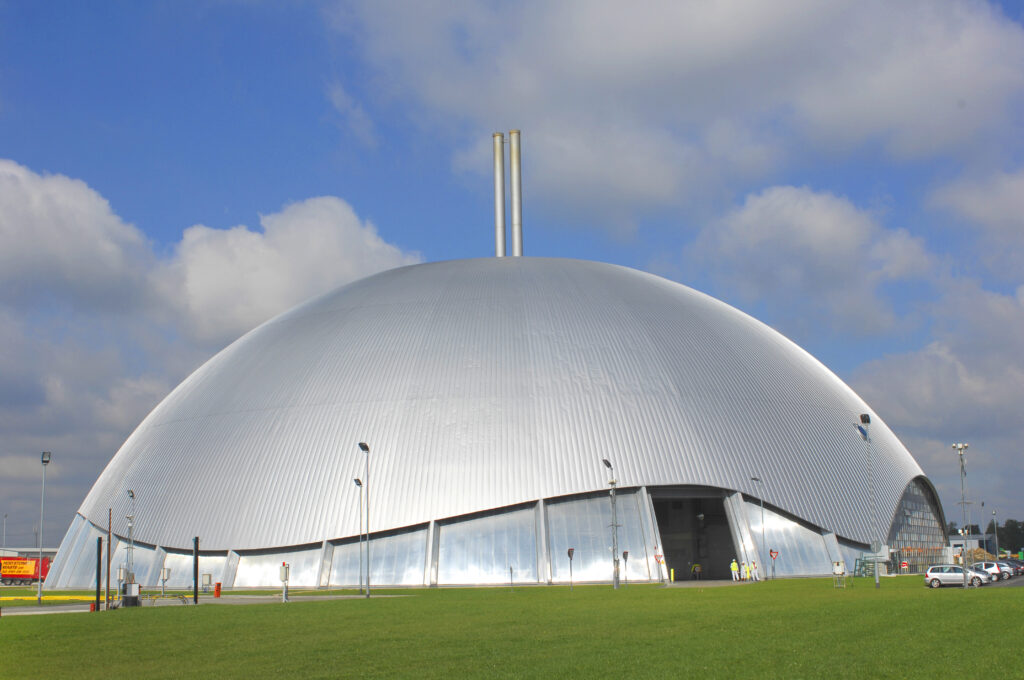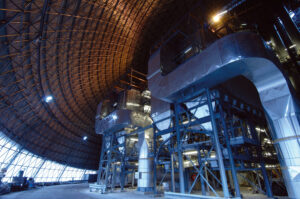
Veolia, the UK’s leading resource management company, is highlighting how significant emissions reductions can be achieved by using energy recovery facilities, ERF, to dispose of the more than 61,000 tonnes of orange bagged clinical and infectious waste that arises each year. Recent successful demonstrations show that by using ERF this type of clinical waste can be safely and compliantly destroyed, and achieve more than 60% reductions in carbon emissions compared to other commonly applied treatments.
Currently steam treatment through autoclaving is the most commonly applied treatment option for this type of waste which includes contaminated swabs, gloves, paper towels, dressings, aprons, and masks. The process uses a lot of energy and typically involves shredding followed by disinfection using steam, and generates waste ‘flock’ that requires transport and disposal at landfill. Comparing these treatments with use of ERF technology shows that the carbon savings at ERF result in a net carbon footprint of 109 kgCO2e/tonne of clinical waste treated, compared to 264 kgCO2e/tonne for autoclave plus ERF, and 159 kgCO2e/tonne for autoclave plus landfill.
The success of the process has already been demonstrated at two Veolia plants, Tyseley ERF and Staffordshire ERF, where the results show that these have the lowest carbon footprint of the three treatment options by a significant margin. This is because the energy consumption at ERF is very low at around 1 kWh per tonne of waste treated, and the electricity generation is high, typically around 690 kWh per tonne of waste treated. Put simply, energy recovery is a net producer of energy and autoclave is a high consumer of energy. 
Commenting on the results Richard Kirkman, Chief Technology and Innovation Officer for Veolia UK & Ireland said: “The UK has a legal obligation to meet a Net Zero Carbon position by 2050, which will benefit the UK in terms of environment. As we look to cut carbon, and develop energy resilience, one area where we believe significant emissions reductions can be achieved is in clinical waste treatment, specifically for orange bagged waste. As we look to build a green recovery following the pandemic, using ERF technology could help make a real contribution to lowering the carbon footprint of healthcare”
Veolia currently operates ten Energy Recovery Facilities across the UK which generates around 1.4TWh of electricity by treating non recyclable waste. This process provides enough electricity for over 430,000 homes.
For more information visit www.veolia.co.uk
